A look behind the scenes
Six commissions underscore power and prominence of arts on campus
This fall, the Harvard University Committee on the Arts is welcoming students, faculty, and staff back to campus with a series of six commissions from seven contemporary artists across various disciplines. The projects will present community members with unique opportunities to explore Harvard, in locations ranging from the Yard, to the Arboretum, to the ArtLab, through dance, visual art, music, and beyond.
“We’re aiming to welcome the community back to campus in a way that underscores the power and prominence of the arts on campus,” said Robin Kelsey, HUCA co-chair and Harvard’s dean of arts and humanities.
“Over the last decade or so, we’ve transformed the role of the arts here at Harvard, and one of the ways that we’ve done that is through collaborative relationships with visiting artists,” Kelsey said. “This particular array of artists gives us a chance to demonstrate just how transformative these relationships can be. They are a remarkable group, with very distinctive practices and approaches. And what unites them is that they’re all deeply engaged with the issues of our time, with questions of justice, of the social fabric, and with how we revitalize our communities.”
“Last spring, we brought all the commissioned artists together on Zoom and the conversation was electric,” said Associate Provost for Arts and Culture Lori Gross. “At that time, the resonance between each of their own unique ideas reinforced HUCA’s belief that, together, these projects would add energy, and provide for moments of reflection for students, faculty, and staff alike, as they were welcomed back in the fall. Now that we’re here, we are already seeing this happen, and we look forward to a semester full of opportunities for our community to interact with the art.”
Jordan Weber is one of the commissioned artist/activists; he will be working on an installation in the ArtLab’s ArtYard made of five black obsidian boulders sourced from Minneapolis in solidarity with his own Deep Roots activism in the city during the George Floyd protests.
“This work intends to create a movable, communal space for decompression and reflection,” he said. “I use black obsidian because of its pre-colonial uses for communal self-defense as well as a tool for self-resilience in food security. Black obsidian is used in ancient rituals all over the world to block negative energy while healing the spirit.”
Jordan Weber.
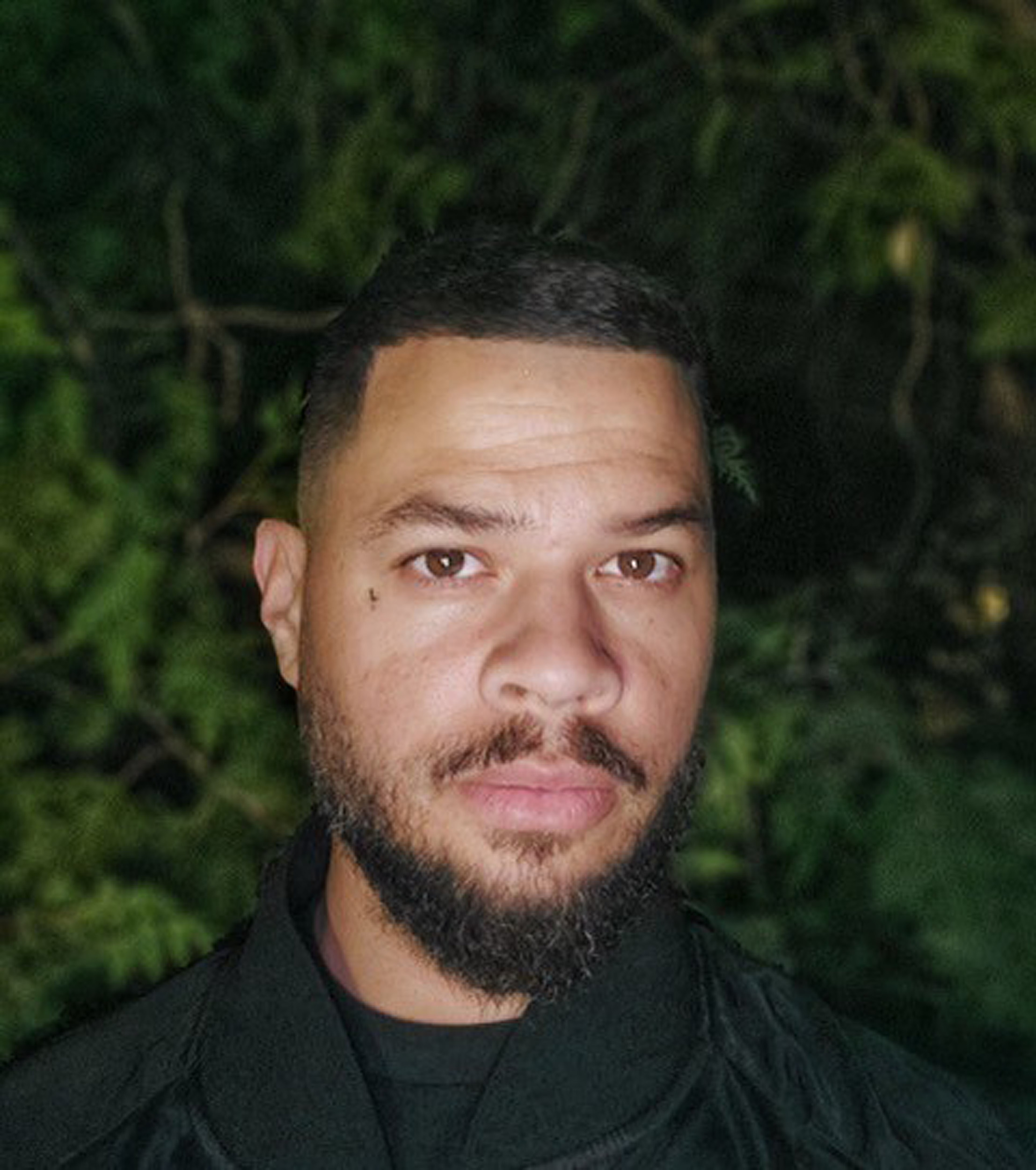
Weber’s sculpture will include an excerpt from Harvard graduate Amanda Gorman’s poem “The Hill We Climb.”
“The idea of using these five boulders in the work, along with Amanda’s poetry, is to memorialize the on-going trauma our people and indigenous communities have experienced for hundreds of years as we collectively build sustainable urbanisms. In addition, the five stones used in the installation symbolize the five pillars of hip hop and how that has empowered the black community; the five stones to slay Goliath; the five pillars of Islam; and the five books of the Torah.”
Weber hopes that people who visit the installation will enjoy “a moment of respite or meet up with their crew… just being in space and time, and being Black and brown together in a predominantly white environment.”
Recently named the inaugural Loeb/ArtLab Fellow, Weber will be at Harvard for the full academic year. “Jordan brings a remarkable artistic vision and a commitment to exploring place, race, and power,” said ArtLab’s director, Bree Edwards. “The ArtLab was built for artists like Jordan, interdisciplinary and innovative. Jordan’s work demonstrates the agency that artists have to shift culture and create social change. I am excited for students at the GSD to engage with Jordan and this public artwork.”
Another HUCA commission features musician Alicia Hall Moran, who is partnering with Yosvany Terry, senior lecturer on music and the director of jazz bands at Harvard, on a performance using Maya Angelou’s poem “The Mothering Blackness.”
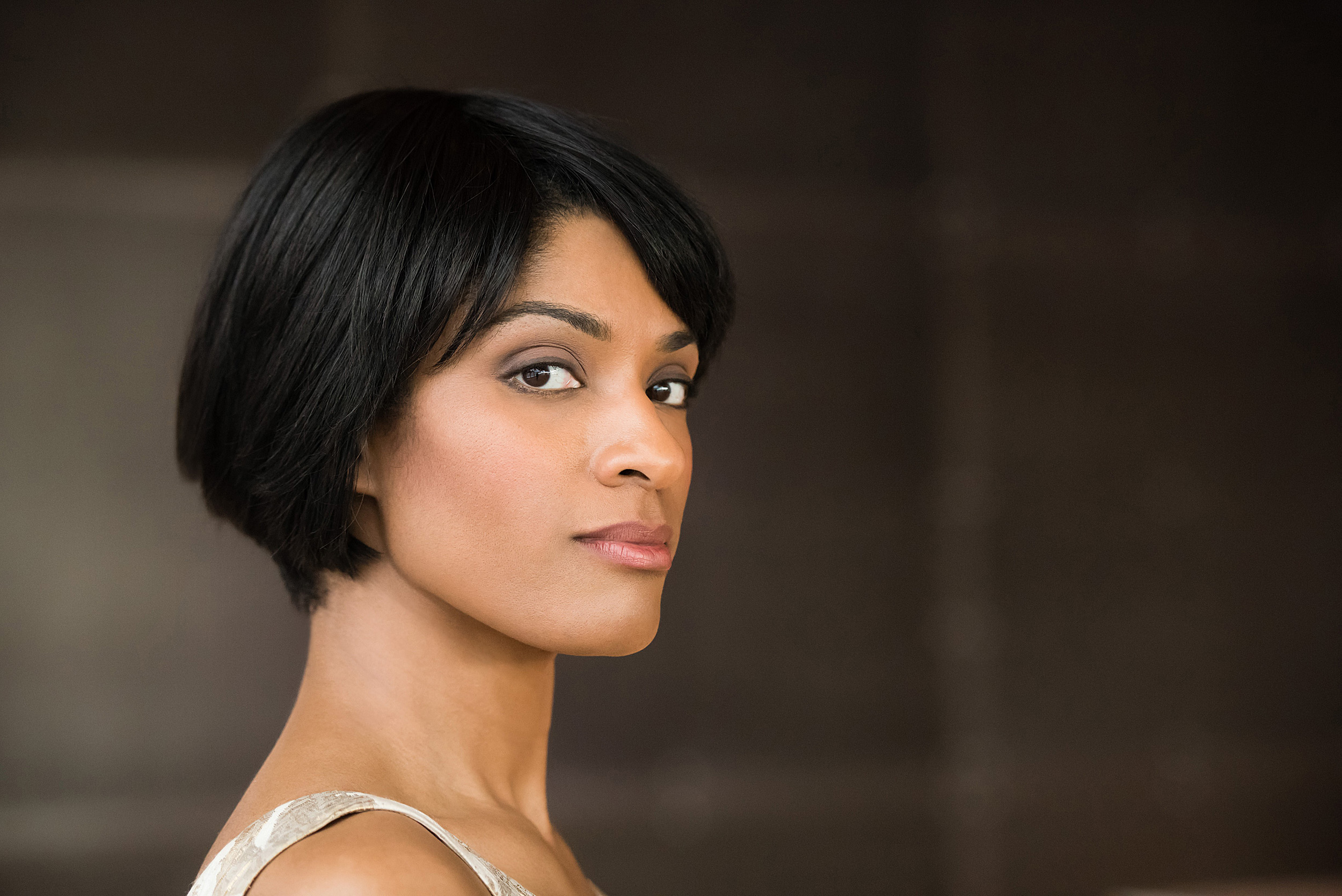
“The way that Maya Angelou is dealing with blackness, in a sense, it’s a global knowing presence,” said Moran.
“Our project has a sense of reunion about it. Yosvany is an artist that I’ve admired for a long time. Through this project, he has really become a host, for us to do something very meaningful, and I’m excited about that. And it’s great to know that he has a real home here at Harvard, and that he asked Harvard to extend their influential gaze further. This is really a step in the right direction.”
The four other HUCA commissioned projects for this fall are:
- Playwright Kirsten Greenidge and musician and performance poet Tim Hall are part of the core creative team for The Arboretum Experience, a collaboration between the A.R.T. and Arnold Arboretum featuring audio plays, movement meditations, and pop-up performances at the Arboretum. The four audio plays are: “Ramona the Fearless Goes for a Ride,” a fairy tale about a 10-year-old who goes on a search for the Arboretum’s legendary lilacs; “Your Fingers Will Reach So Your Voice Can Sing,” a play inspired by a proverb about a high school senior named Ellis; “After and Still,” a ghost story; and “In Bloom,” about a yellowwood tree named Major.
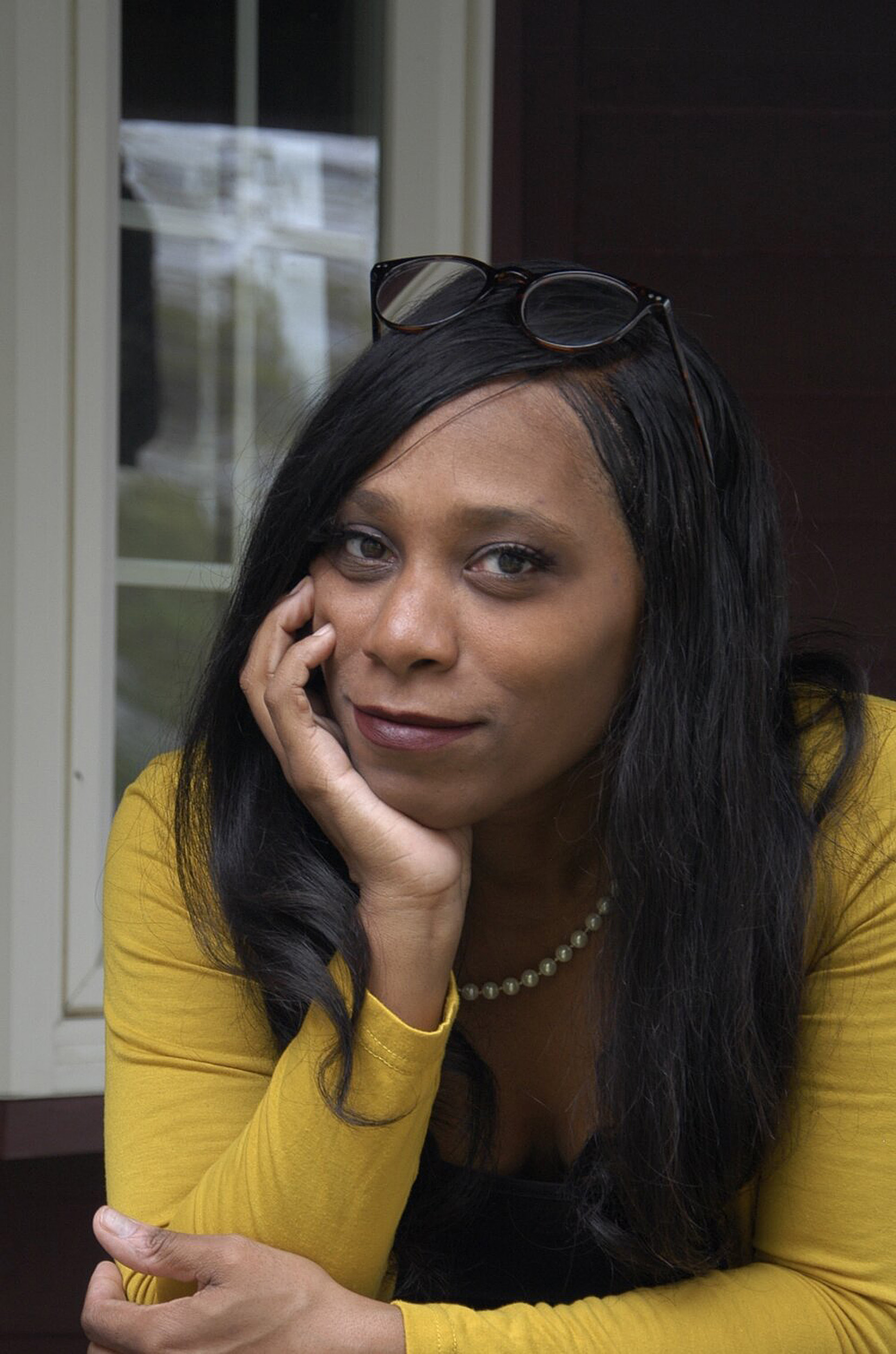
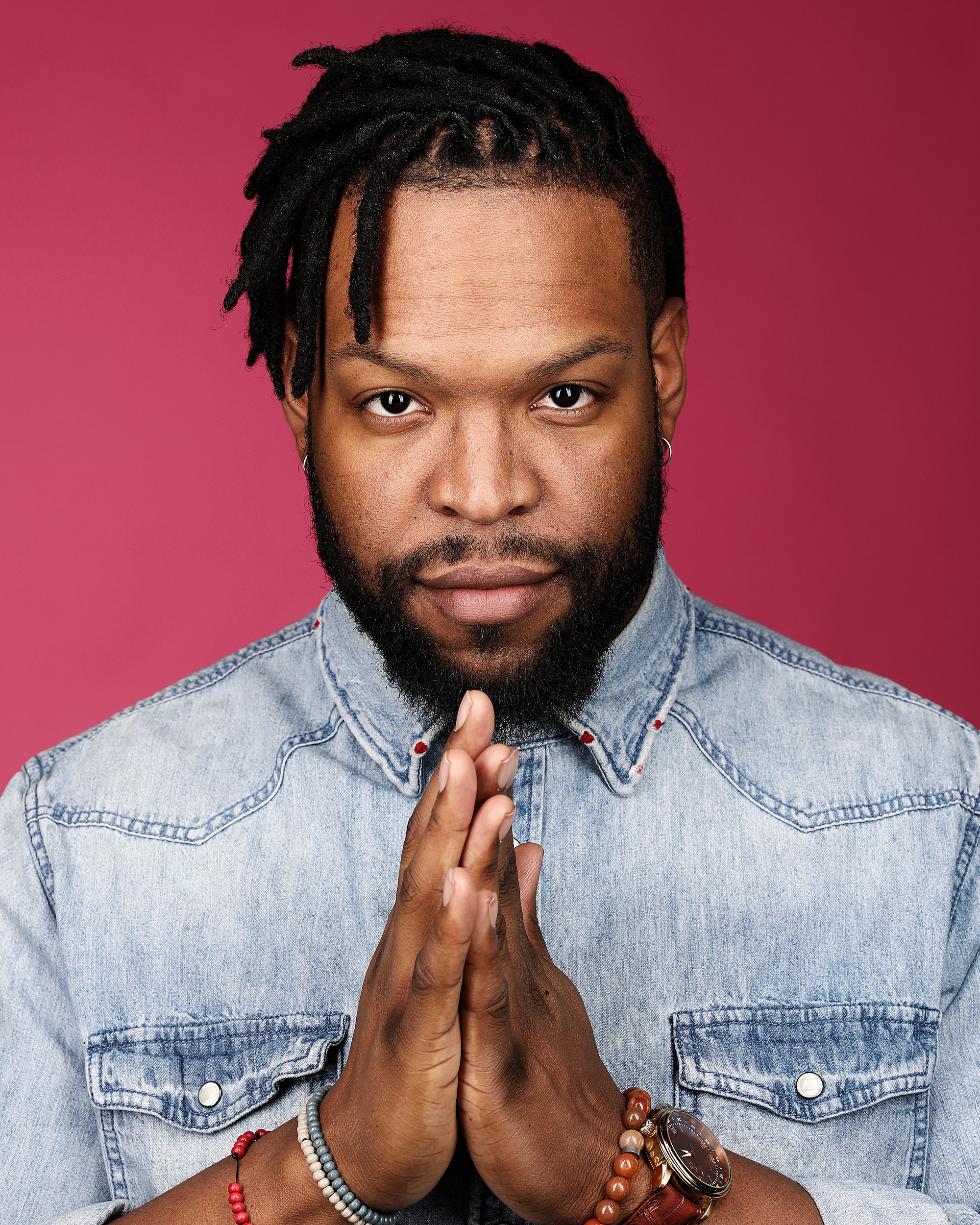
Kirsten Greenidge and Tim Hall.
- Later this week, visual artist Tomashi Jackson will animate the Yard with vibrant banners that depict the civil rights activists Ruth Batson and Pauli Murray; the banners will remain up through Thanksgiving. The project draws on source material from the collections of Radcliffe’s Schlesinger Library on the History of Women in America that detail Murray’s and Batson’s efforts. Jackson will also have an exhibition on view at Radcliffe this fall entitled “Brown II,” and she will be a visiting lecturer on art, film, and visual studies next spring.This HUCA project was partly inspired by the recent FAS Task Force for Visual Culture and Signage, which pondered how to evolve visual culture on campus. Dan Byers, John R. and Barbara Robinson Family Director at the Carpenter Center for the Visual Arts, who was a member of the task force, is working closely with Jackson on her installation. “Tomashi is one of the most interesting artists working between archival research, an expansive use of photographic images, and a rethinking of the histories and potential of basic forms of visual communication, such as color, shape, texture, form,” said Byers. “Her work often conflates these formal qualities, especially in the realms of color and printmaking, with United States history, in particular, looking at things like state power, and school segregation, and histories of the dispossessed. Her works exist as both a community-based research project, which can involve archives and people living in various communities, and art objects that are visually stunning, with innovative use of materials and color to convey resonating affect and living history in archival research.”
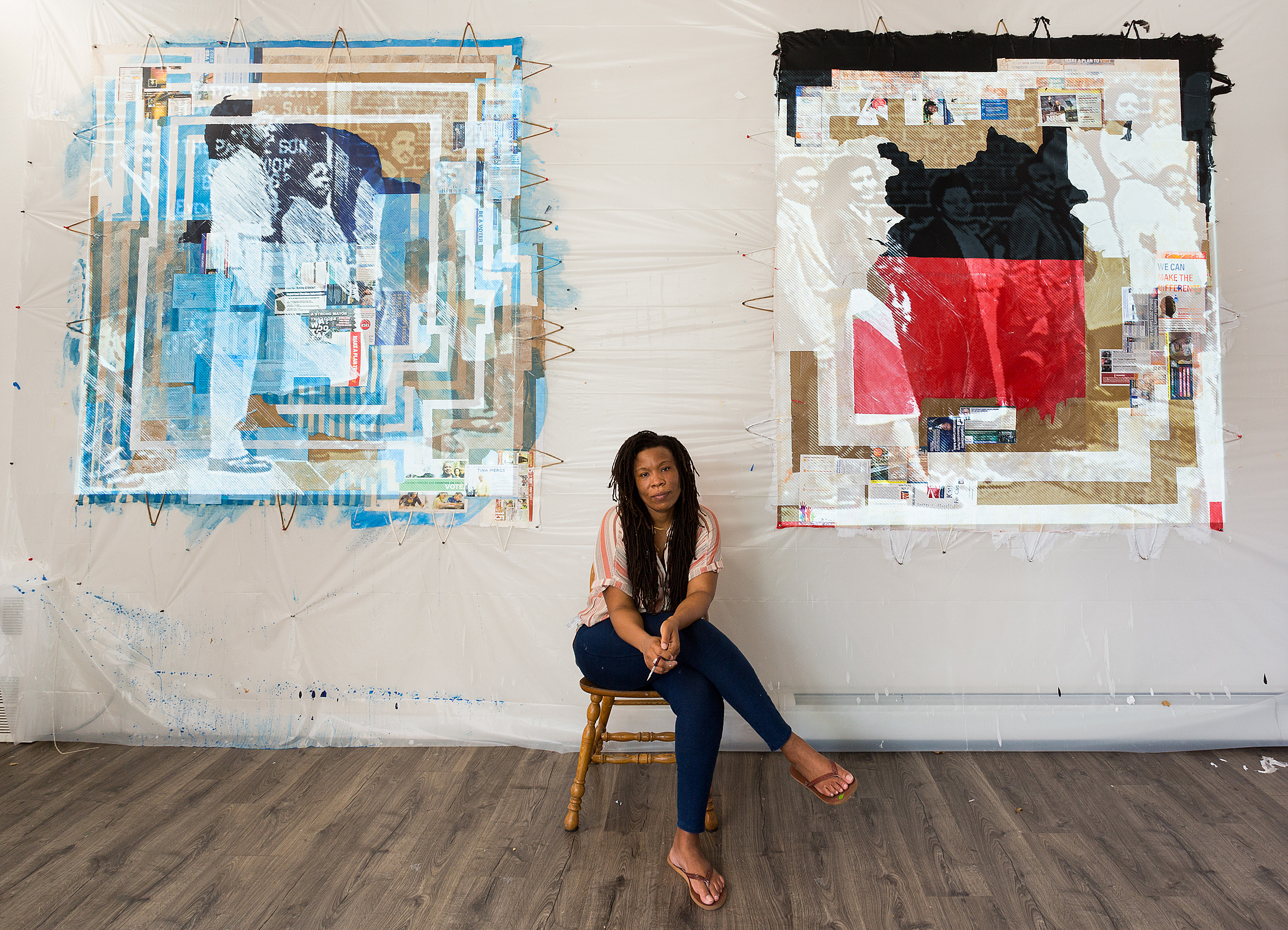
- Choreographer and dance scholar Nailah Randall-Bellinger, who has taught dance at the Harvard Dance Center for over a decade, created “Initiation — In Love Solidarity,” a choreographic narrative that explores the impact of the Middle Passage on the African diaspora, and the reclamation of Black identity and resilience through the experience. The piece includes both film and live components. “The backdrop to the dance film captures the Atlantic Ocean, Ogunquit Beach, and Green Acre, in Eliot, Maine, from whence some of our ancestors landed in the new world,” said Randall-Bellinger. “It is through their seawater baptism that we come to know their spirits and continue to receive their lessons of forgiveness, reclamation, creativity and the resilience to begin anew.”“Initiation — In Love Solidarity” will be presented in various formats this fall, including a film screening and conversation with Randall-Bellinger on October 21, and a live performance, film showing, and conversation November 13.
Nailah Randall-Bellinger.
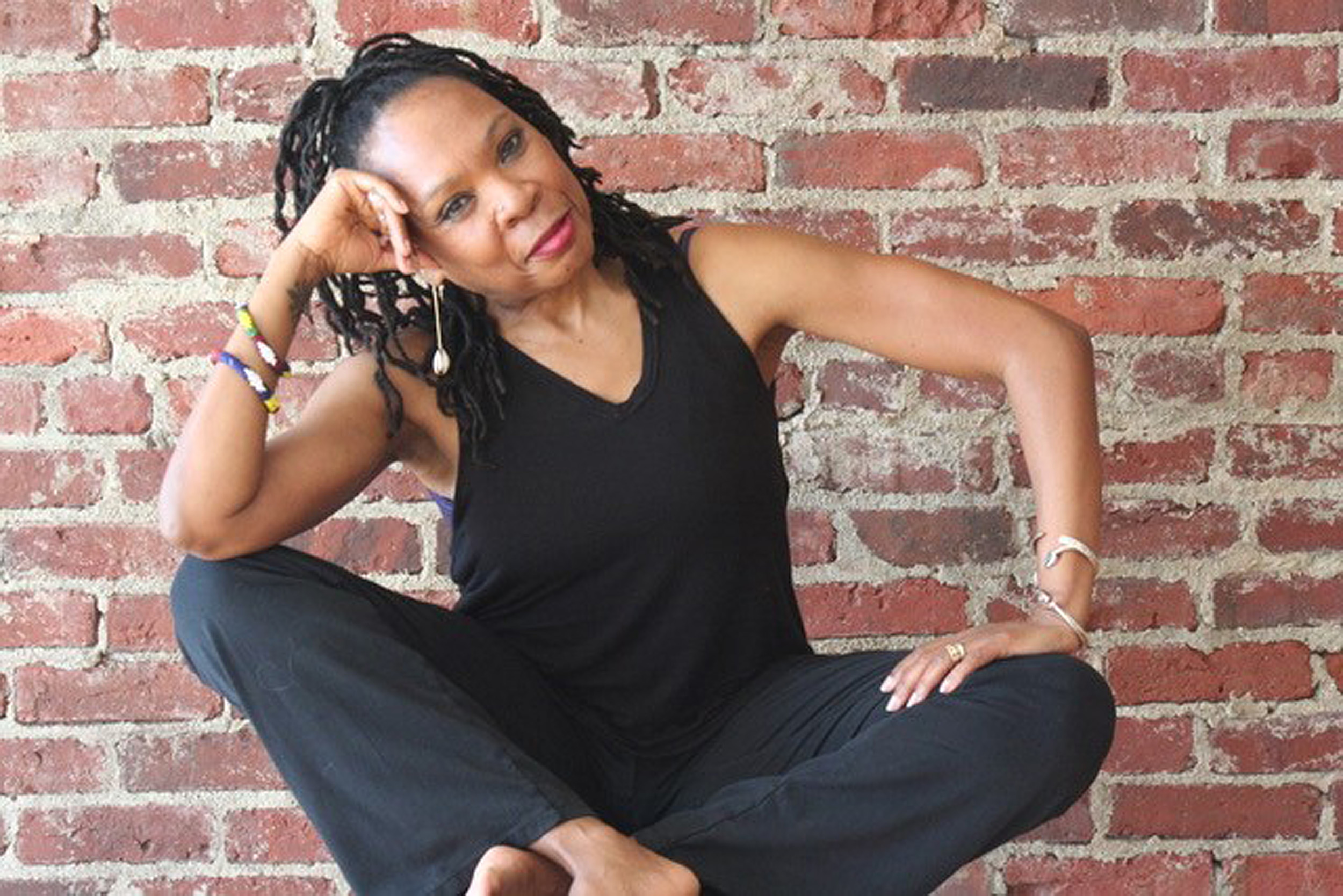
- Musician and composer Tariq Al-Sabir, in collaboration with Department of Music faculty Claire Chase, will compose an original piece, set to premiere in December. “Tariq is one of the most exciting, visionary and boundary-eroding artists of his generation and we are so thrilled to be working with him on this HUCA commission,” said Chase. “He is an artist who defies stylistic categorization of any kind, and so I wanted to ask him to write for an ensemble that similarly defies categorization: the Harvard New Music Ensemble, a multi-practice ensemble of undergraduate musicians that this year comprises the dynamic — and quite unusual — instrumentation of steelpan drums, piano, live electronics, bass ukulele, guitar flute, violin, viola, double bass, saxophone and many voice types.”Al-Sabir will be working with Harvard students who come from jazz, classical, experimental, folk, rock, punk and many other backgrounds, culminating in a world premiere performance on December 2. “Tariq is the ideal collaborator in this setting,” said Chase, “as he himself is a musical chameleon and shape-shifter, occupying the fissures between and beyond known musical genres.”
Tariq Al-Sabir.
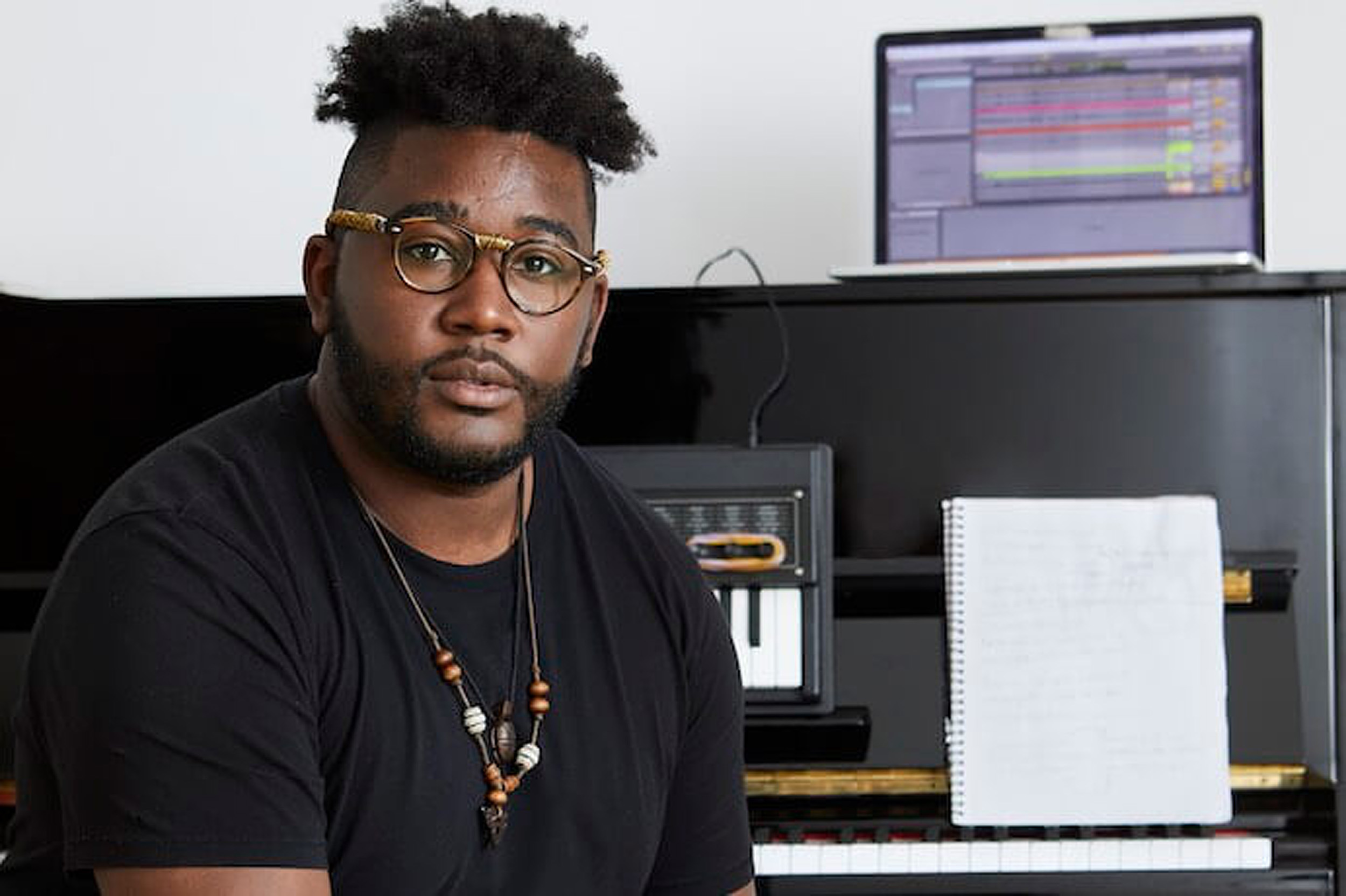
Ultimately, the reason for the art to be on campus is for students, faculty, and staff to interact with it, said Kelsey.
“My hope is that, as people are rushing through their days on campus, that they really take the time to be affected by these works of art. I know from my own personal experience that works of art, if you let them, can really alter the course of your life.”




